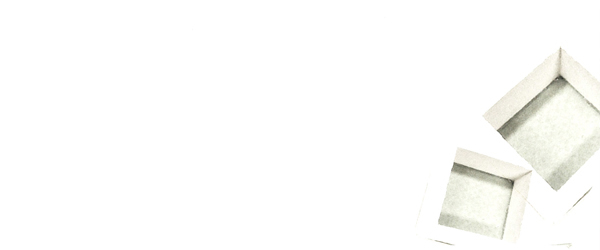
The keywordes that we have worked around were: CELL, GRID, GENOME, CODE, COMBINATION and GENOTYPE. Our aim was to research the way combination of certain elements could be a tool of controlling the producation and behavoiur of a primitive system.
We have started our research on a cell agregation system through primarily establishing the typology of cells, secondly trying to understand their specific logics and thirdly overlapping them over a designed program for the site, reseiving as a final result the agregation of cells that have a program-dependant sensibility.
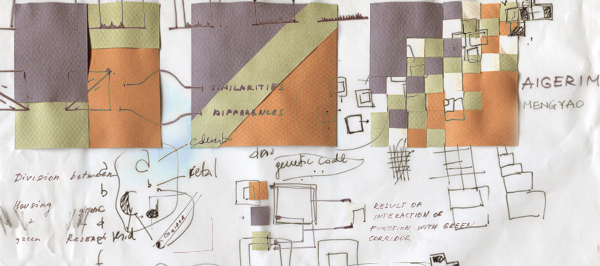
This project has been developed as a part of a series of projects for the Cascina Rosa site in the Citta Studi area in Milano, Italy within a framework of an Architectural Design Studio 2 in Politecnico di Milano University.

Typologies of cells
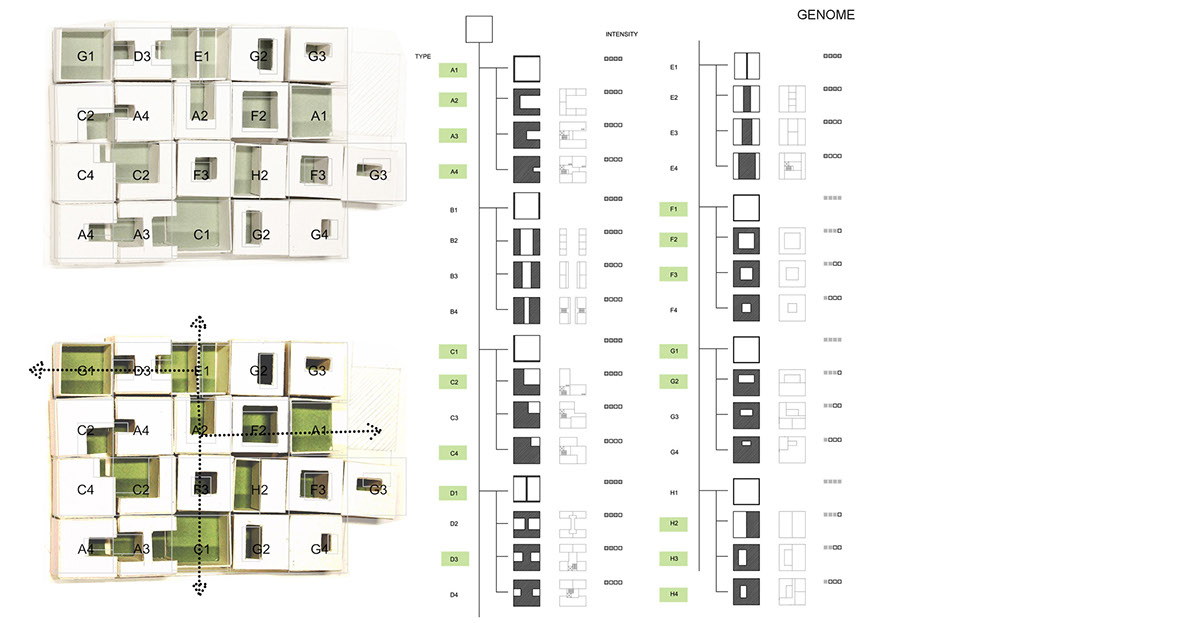
First classification attempts. We have considered cells in two main directions: through their physical shape and functional capacity. Some of the cells were appropriate for hosting housing and others for hosting labs and public functions. However, those cells could easily be transformed if you merge them in various way, as two housing cells could become a lab cell if would be merged on their larger side. As for that moment we have understood that none of those cells could host a function on their own. The particularity of this condition is a result of a cell organization that doesn't have any separating space within the structure.
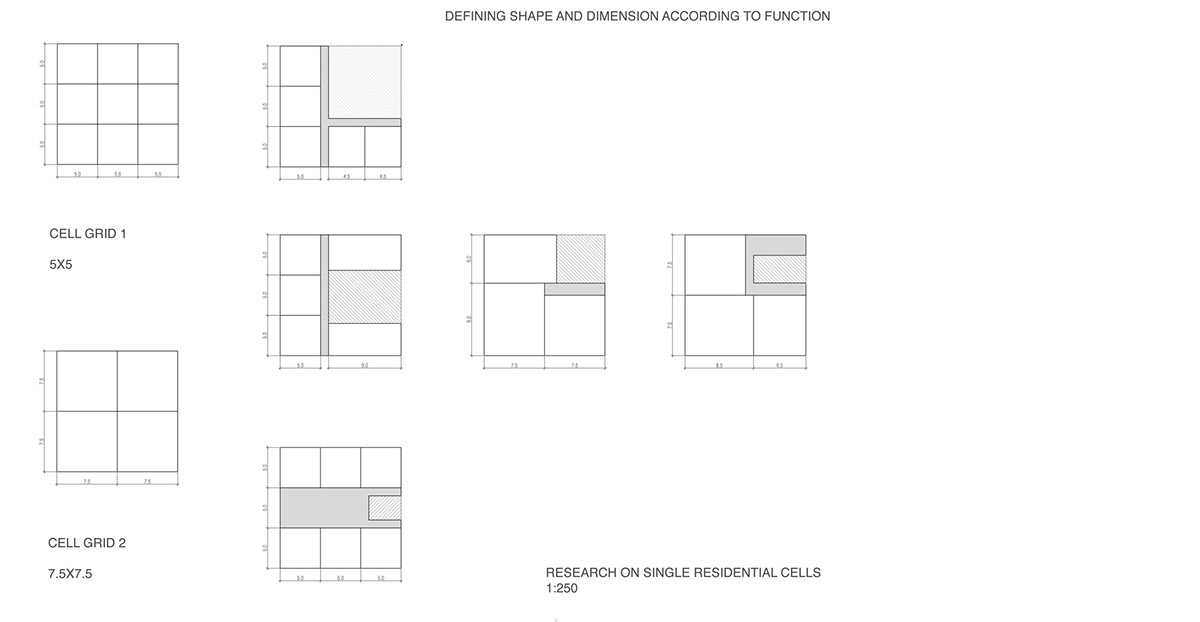
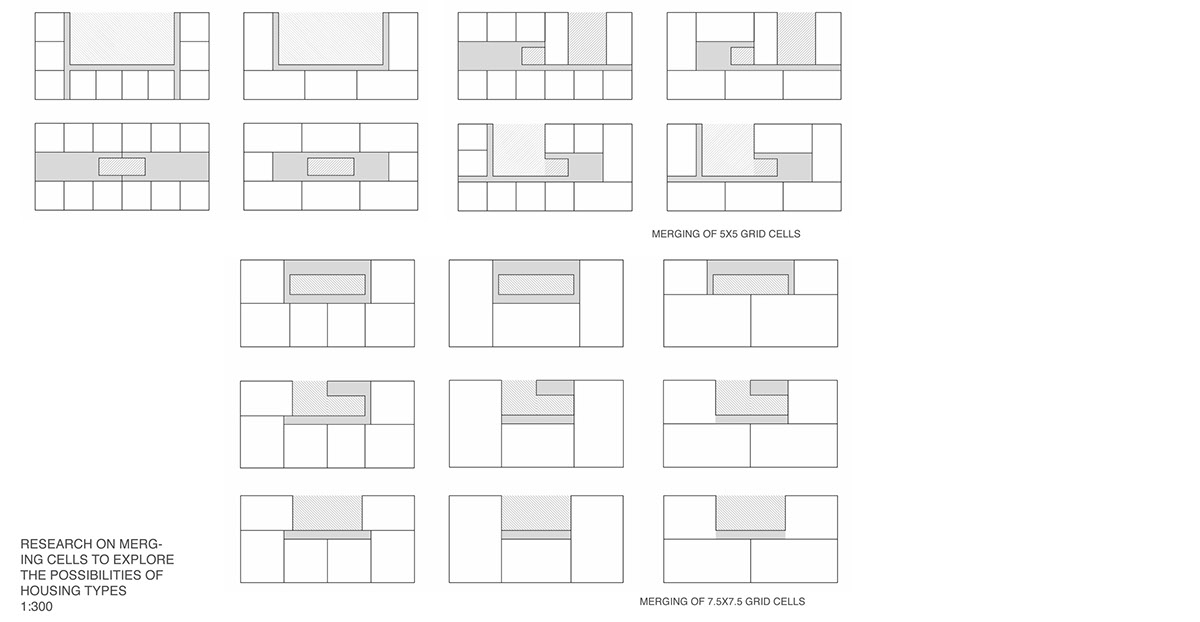
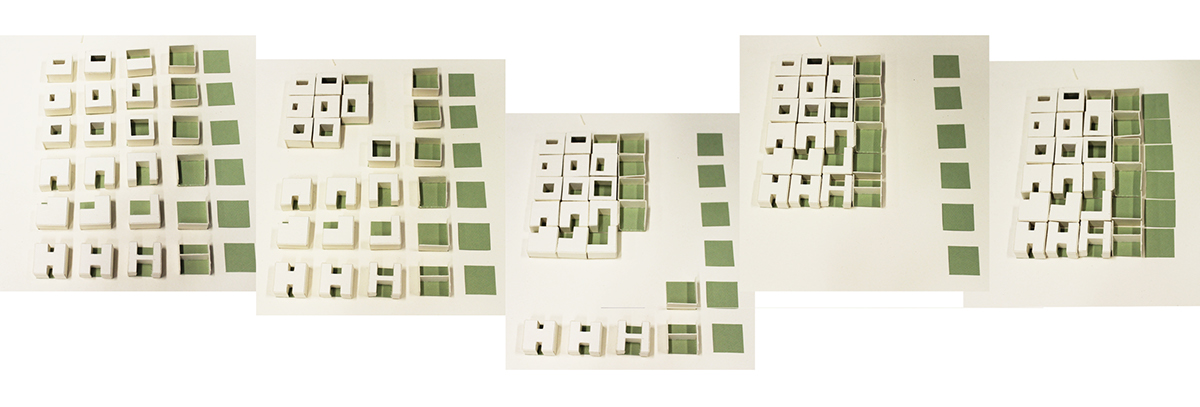
Shift of the order. Change of one cell in the order may provoke a reaction and generation of the new links and new spaces, the very primitive architecture. Following this mechanism we have tested all of our cells by means of ordered and later random encounter.

Tracking the logics. In a logics of emergent structures, a behaviour of system is irreducible to its single parts. We have made an attempt to track the patterns that would appear as result of random intercations. As one typology or combination of 2-3 cells tended to demonstrate similar behavior through number of various encounters, they were granted with a certain characteristics.
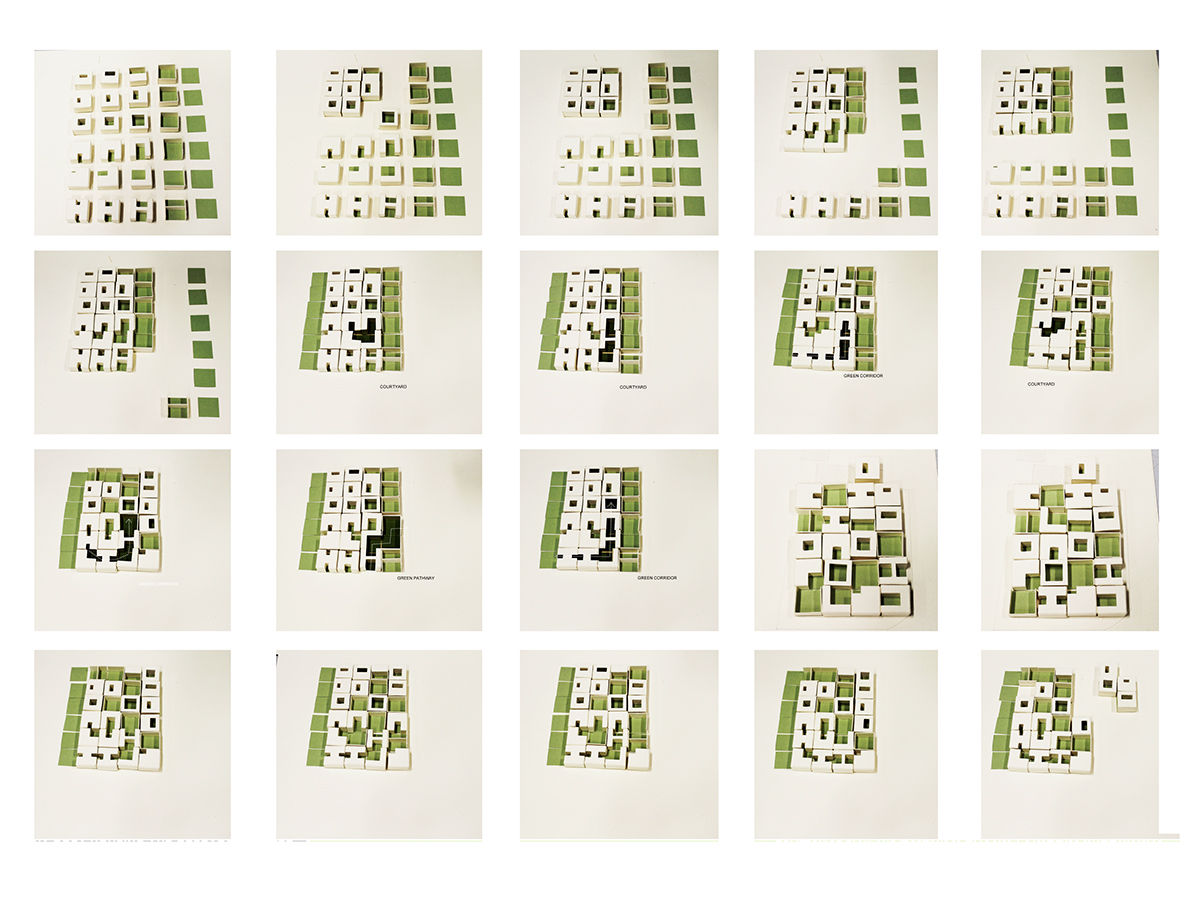
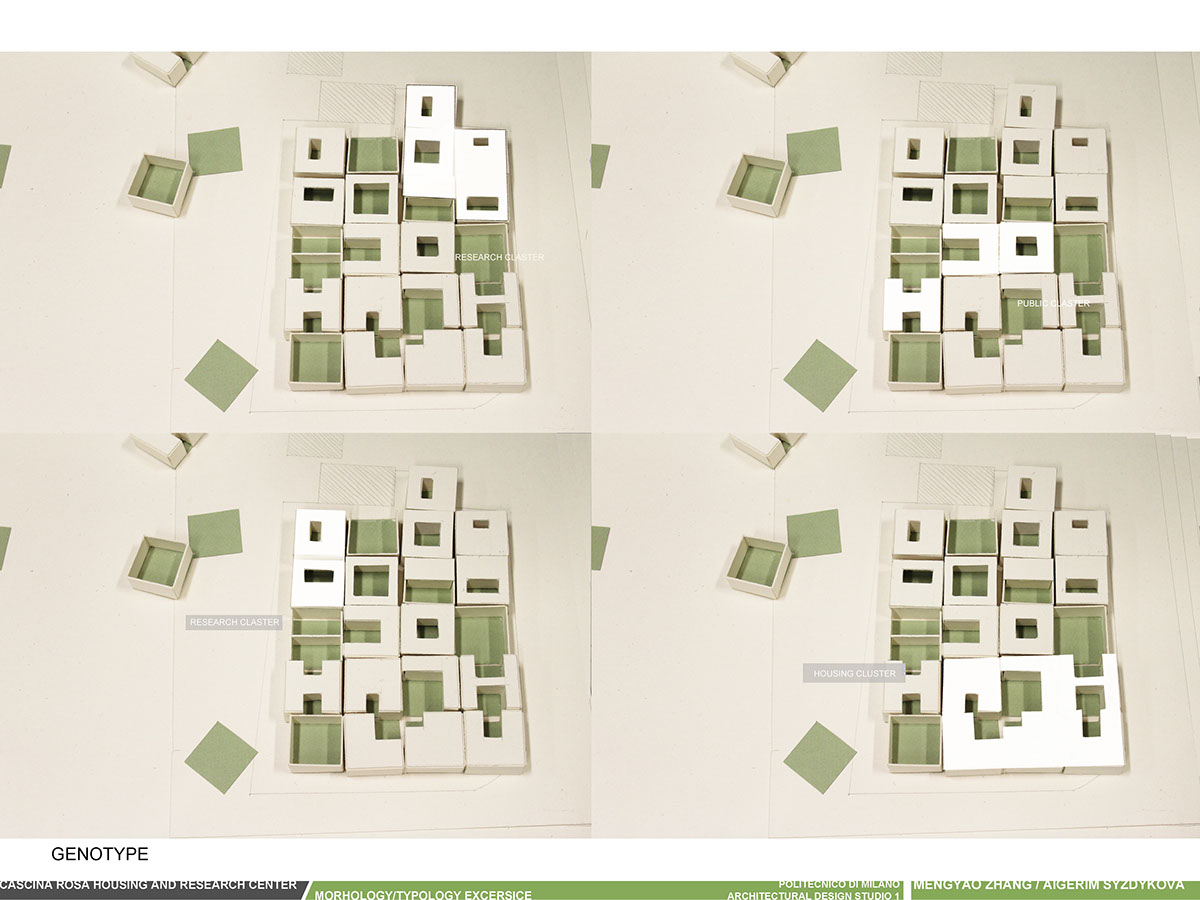

Identify the elements. We have intended to reveal the capacity of each cell to maintain certain functions, such as "connector", "free-plan area generator", "courtyard invader", most importantly in a connection with each other. We have overomposed those function with an initial masterplan function distributions and generated a final model, a "genome" of the project.

From genotype to phenotype. It might be that some parametric tools could derive to this result with lesser effort and more accurate results, but as we live in era of loss of human sensitivity towards desision-making, we tried to employ a natural mechanism that every human possess, but architects as well enhance through constant training, a sense of order and sense of harmony.
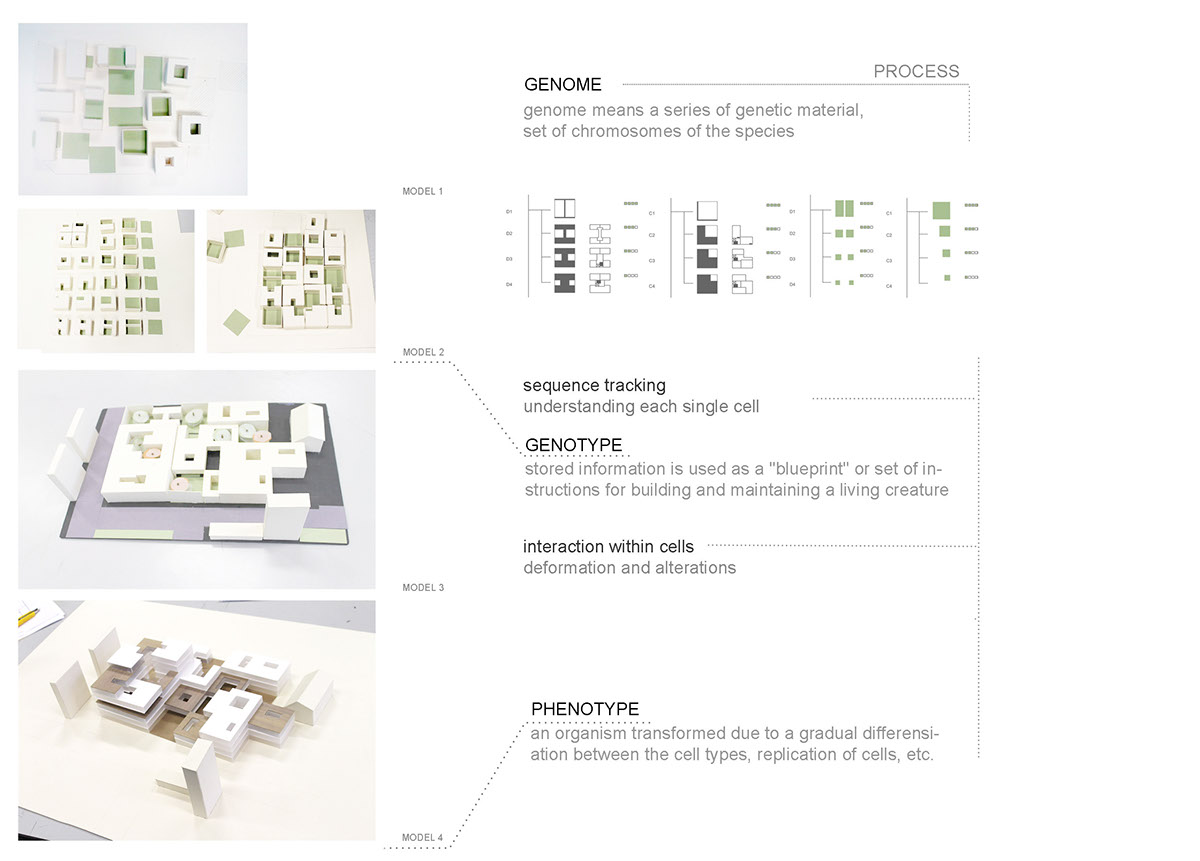
Phenotype. Every living organism tends to assimilate to environmental conditions; We also have made a rather superficial changes to the genotype before it was finally transformed into a model, that have become a building.
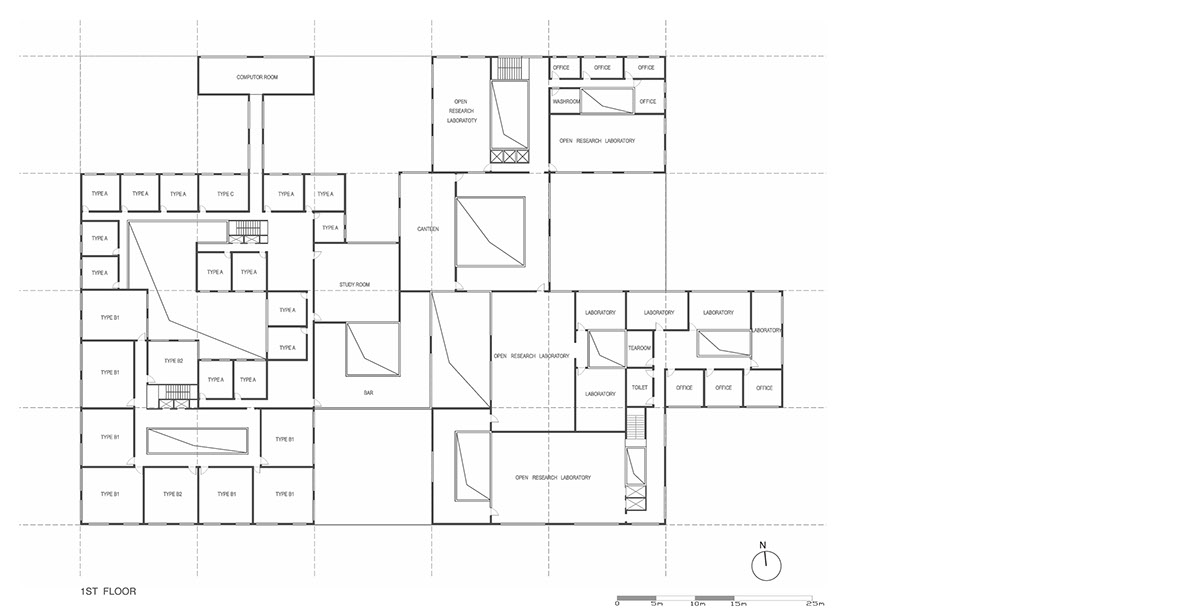

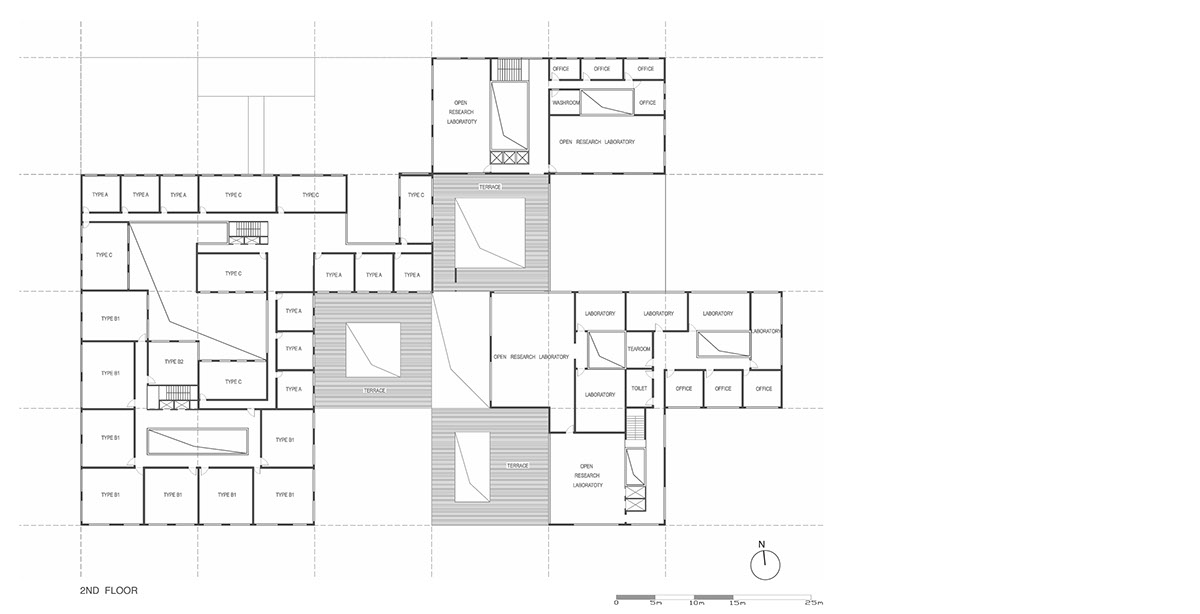
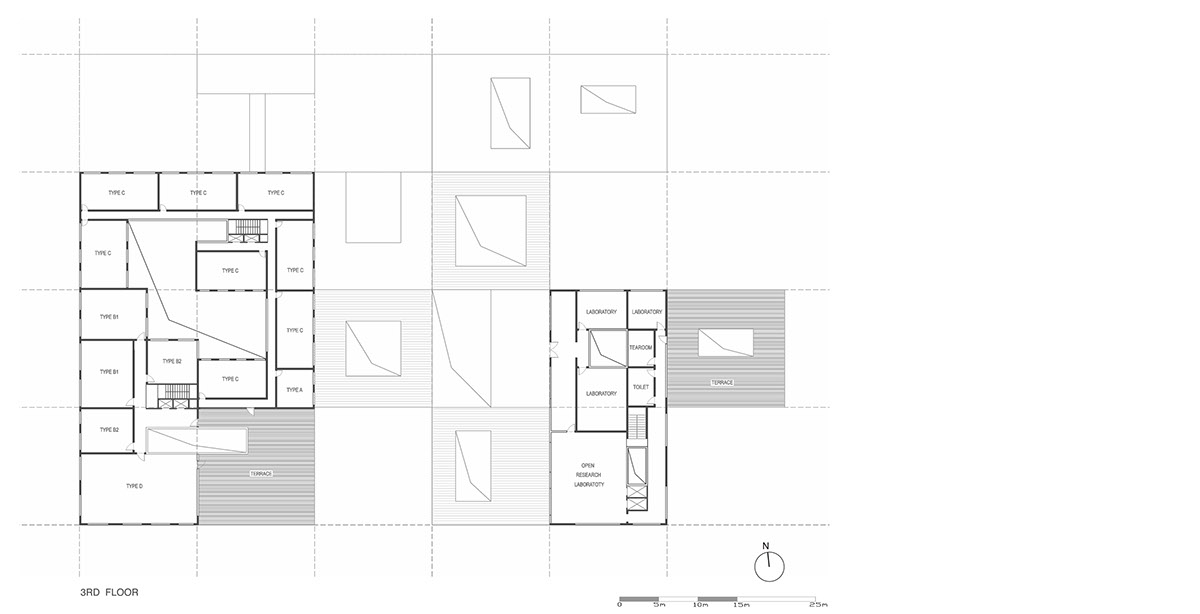
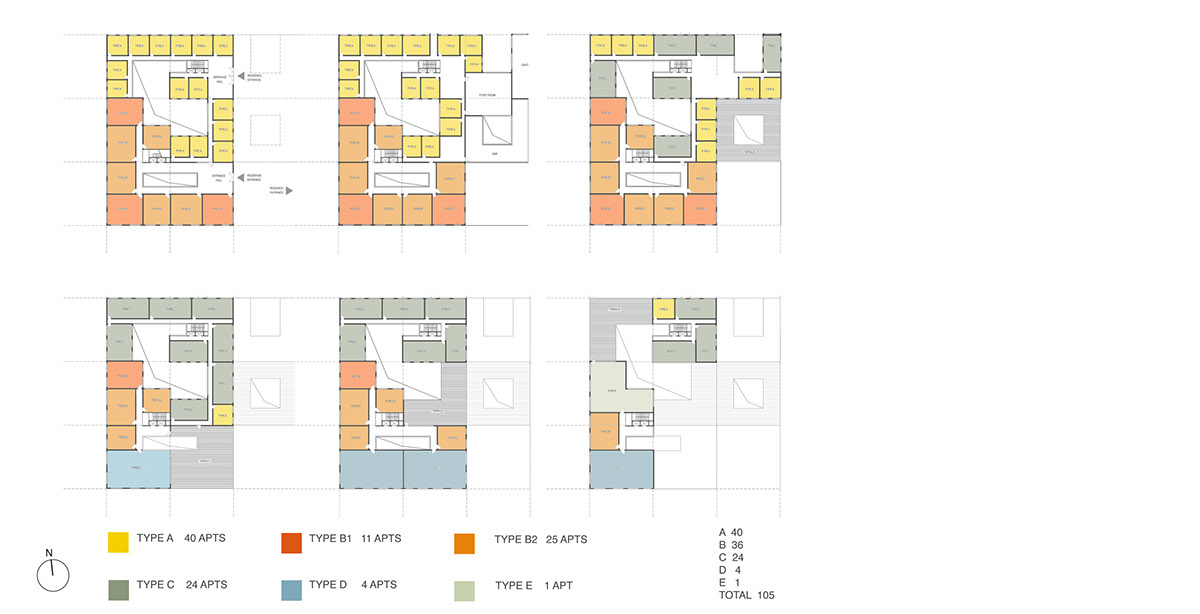
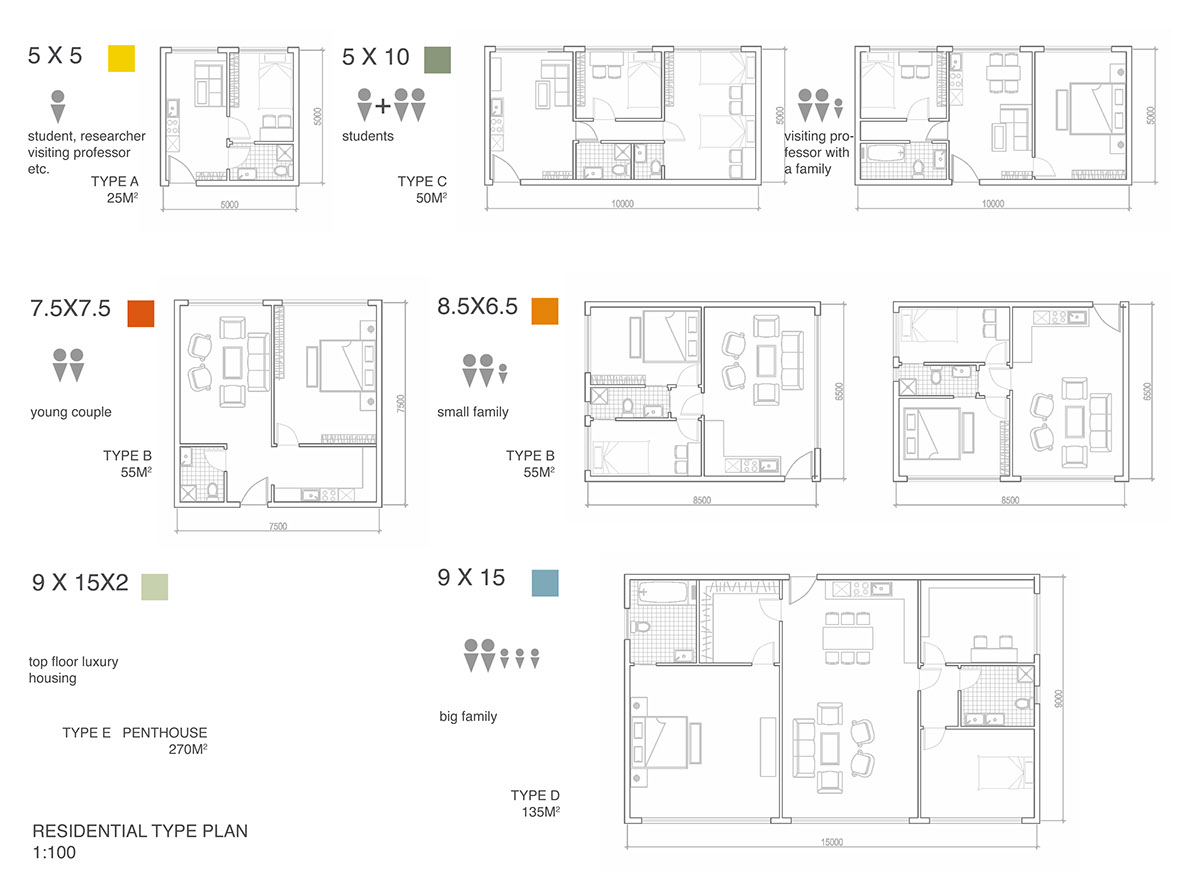
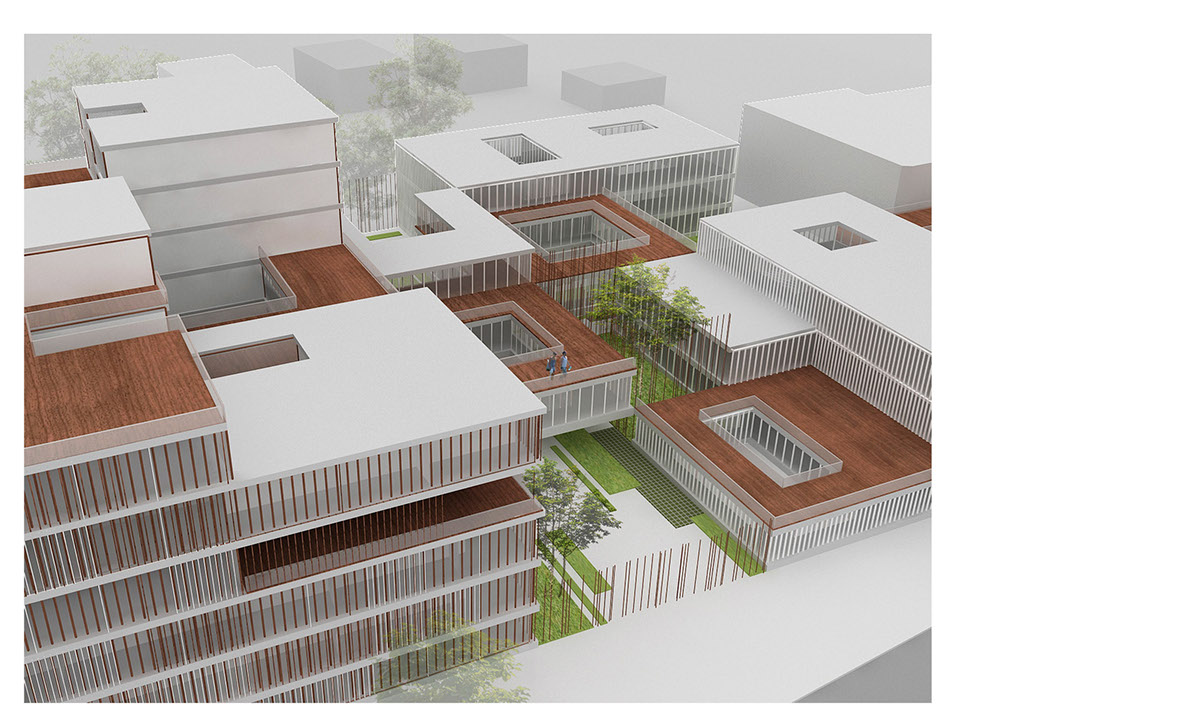
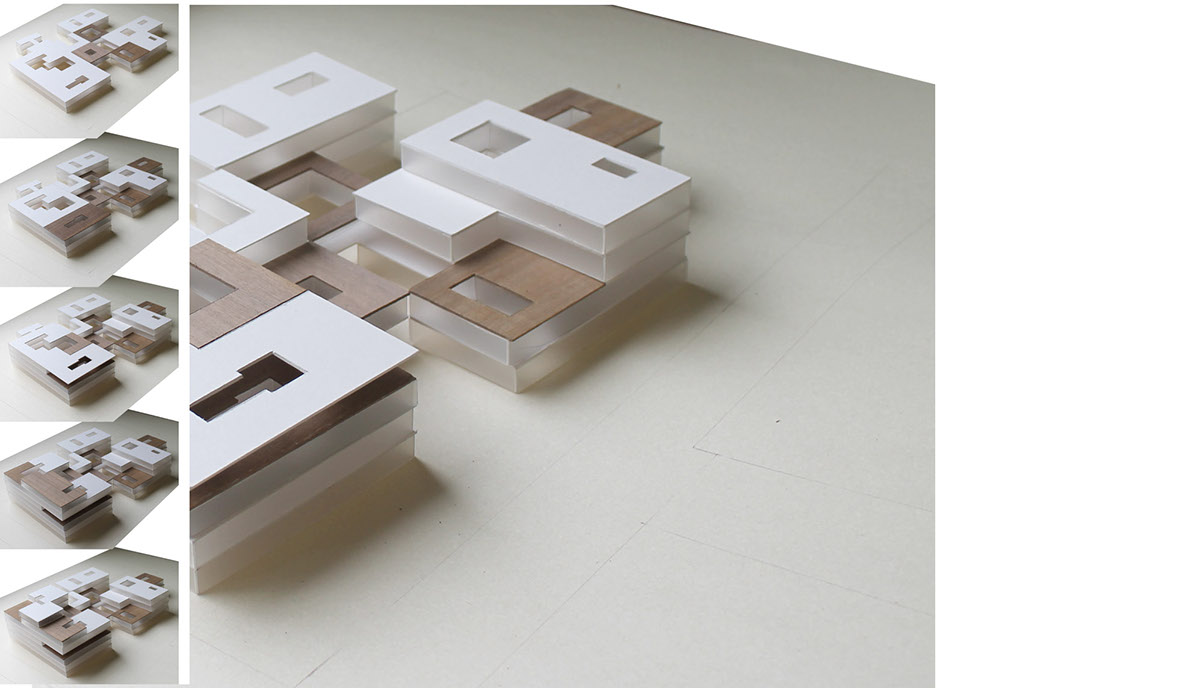
The prevoius project on a theme LANSCAPE/GROUND
The following project on FACADE/SKIN


